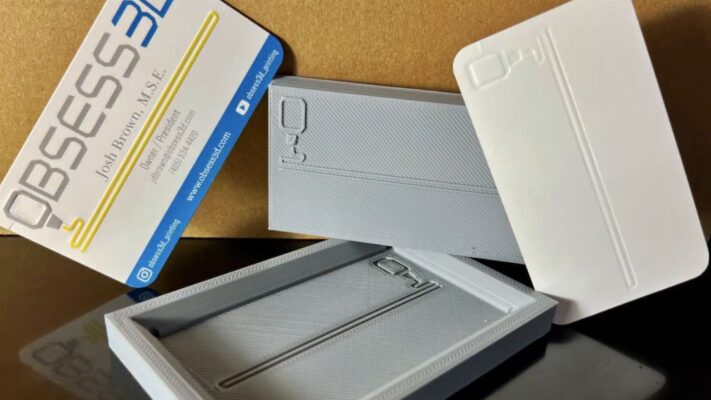Every day, approximately 27 million business cards are printed worldwide. In today’s competitive business landscape, mastering the art of designing a standout business card is crucial for enhancing your company’s visibility and success. Unfortunately, many business owners struggle to navigate this process effectively, while others underestimate the significance of these pocket-sized marketing tools.
Business cards serve as the initial point of contact between your business and potential clients. They not only provide essential contact information but also serve as a tangible representation of your brand identity and professionalism.
To help you create impactful business cards that leave a lasting impression, we’ve compiled a comprehensive beginner’s guide outlining the key steps and considerations involved in the design process.
Contents
Decide What Information to Include
Determine the essential details to feature on your business card, including your logo, company name, tagline, your name, job title, website, and contact information.
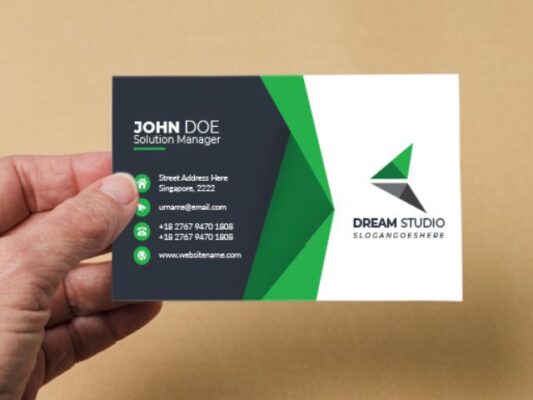
Choose Your Size
Select the appropriate dimensions for your business card, considering standard sizes like 3.5 × 2 inches for North America, 3.346 × 2.165 inches for Europe, or 3.54 × 2.165 inches for Oceania. Alternatively, explore unique sizes like square or mini cards for added visual impact.
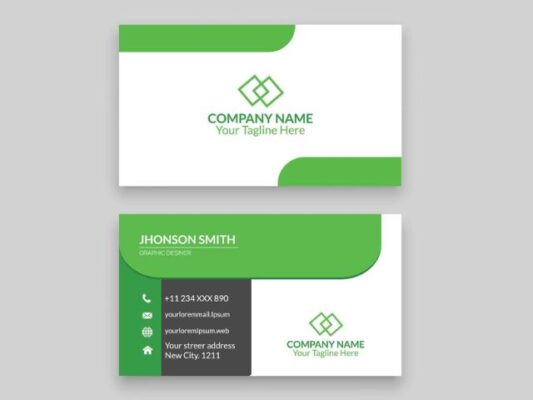
Choose Your Shape
While rectangular cards are standard, consider experimenting with unique shapes through die-cutting techniques. Explore options such as rounded corners, leaf shapes, or even custom designs that align with your brand aesthetic.
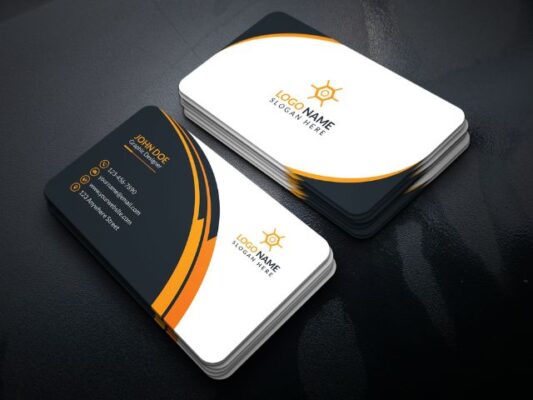
Choose the Paper and Stock Type
Decide on the paper stock that best suits your brand image and budget. Options range from lightweight gloss cover cards to premium options like thick, uncoated cardstock or luxurious pearl cardstock.

Choose Your Typography
Select fonts that reflect your brand personality and ensure readability. Utilize serif, sans-serif, or script fonts strategically to create visual hierarchy and enhance brand consistency.
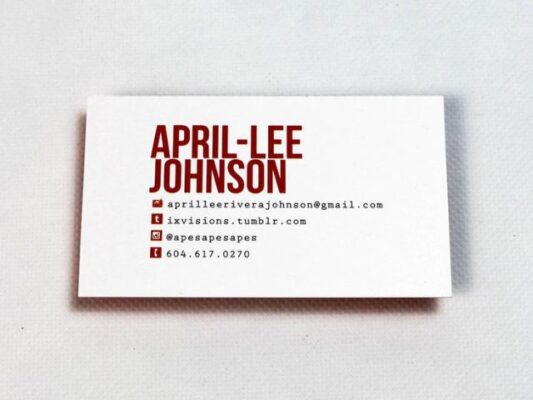
Consider Special Finishing Options and Coatings
Enhance the visual appeal and durability of your business cards with finishing options like matte, gloss, or velvet lamination, spot UV, embossing, foil stamping, or edge coloring.
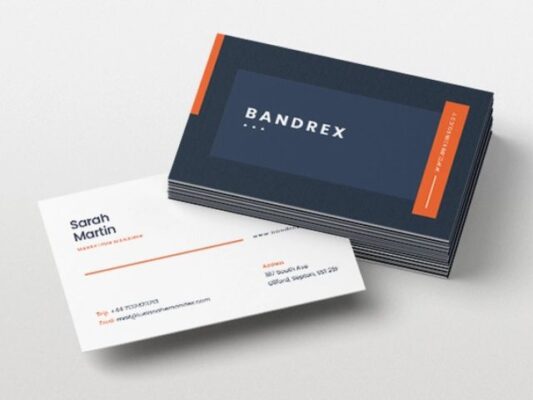
Think of Creative Ways to Make Your Business Card Stand Out
Explore unconventional materials and shapes such as transparent plastic, square cards, or metal cards to make a memorable impression on recipients.
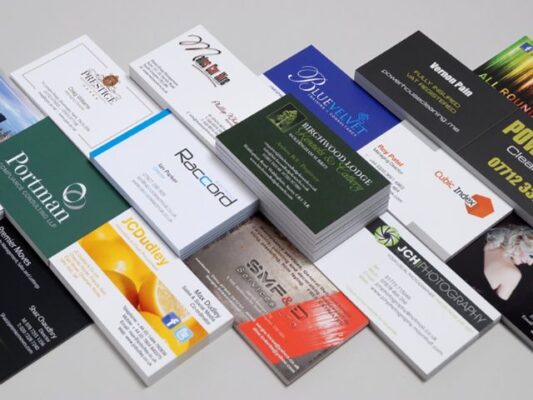
Find a Designer
Collaborate with a professional graphic designer to bring your vision to life. Platforms like Fiverr offer a diverse pool of freelance designers with expertise in business card design.
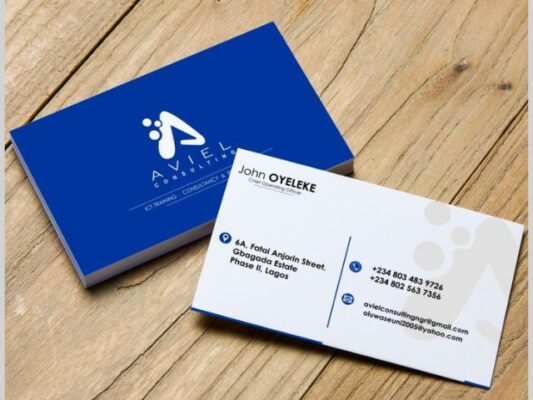
Evaluate Your Delivery
Assess the final design to ensure it effectively communicates your brand identity, contains all necessary information, and aligns with your marketing objectives. Consider practical elements like readability and repurposing opportunities.
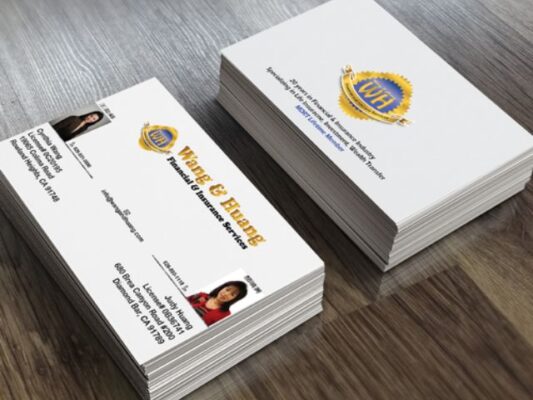
By following these steps and incorporating creative elements into your design, you can craft business cards that not only serve as effective networking tools but also reflect the professionalism and uniqueness of your brand. Remember, a well-designed business card can leave a lasting impression and open doors to valuable opportunities for your business.
Related Posts




